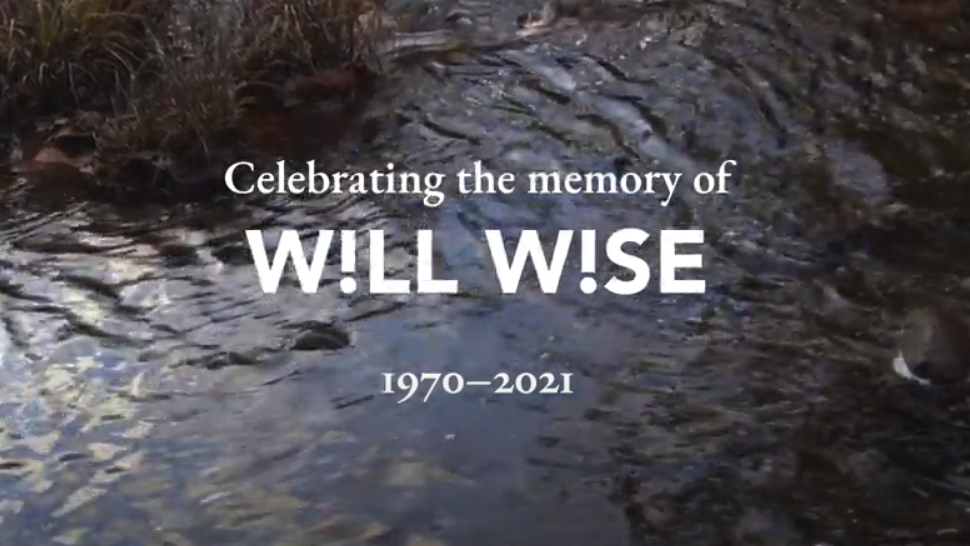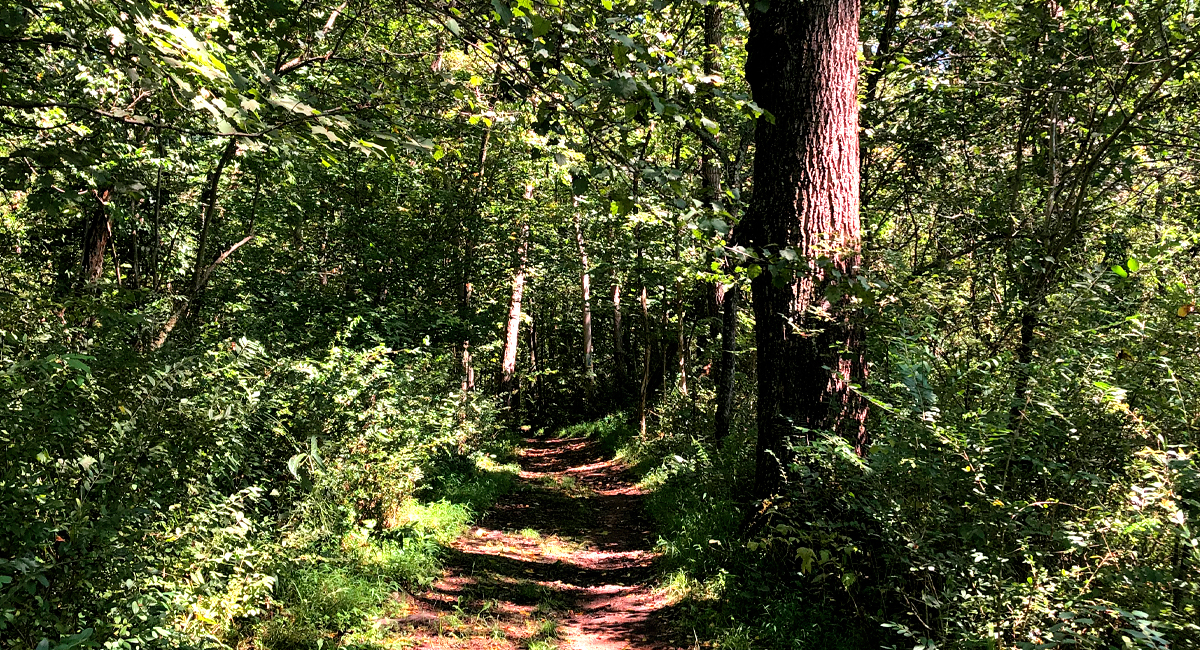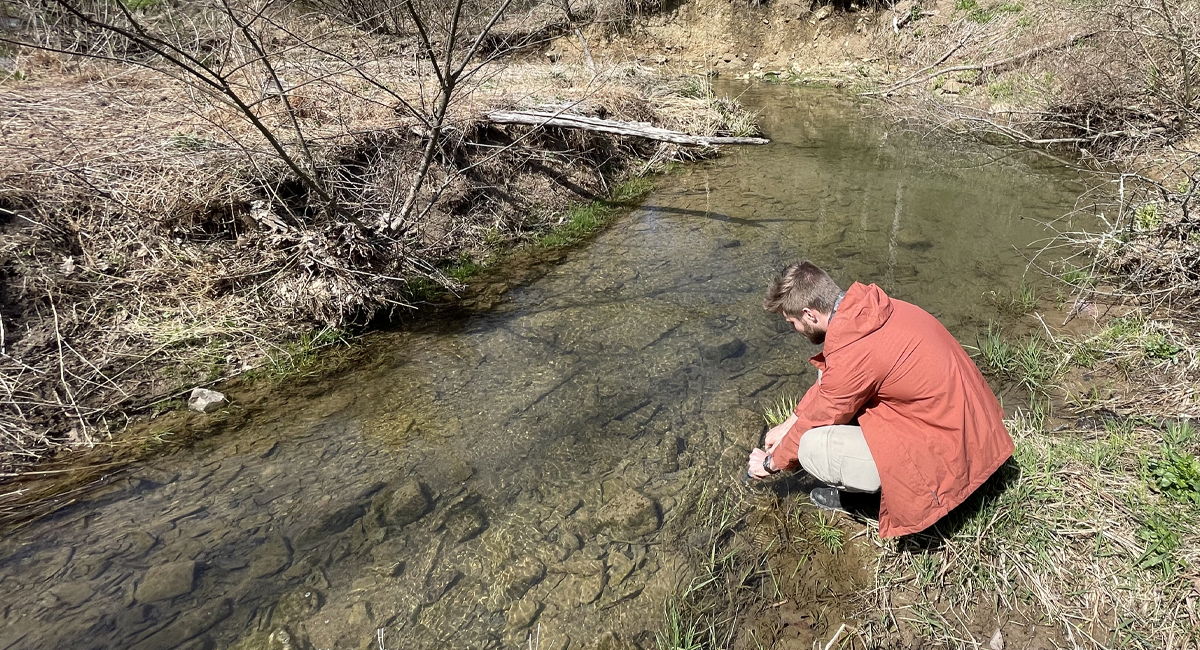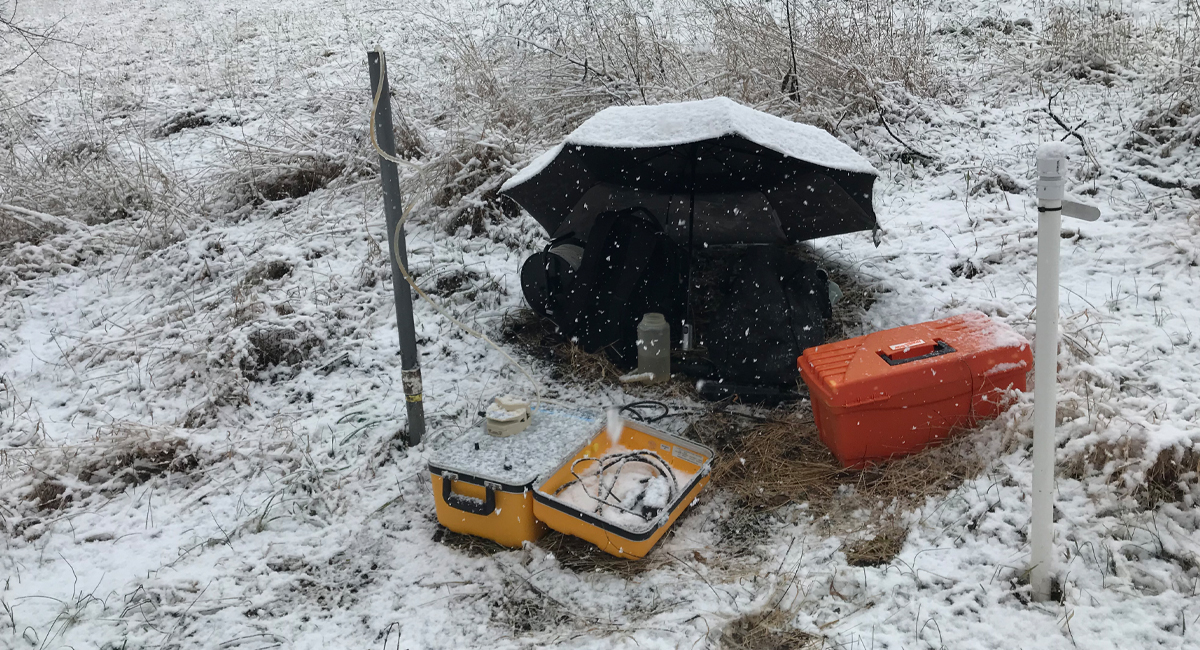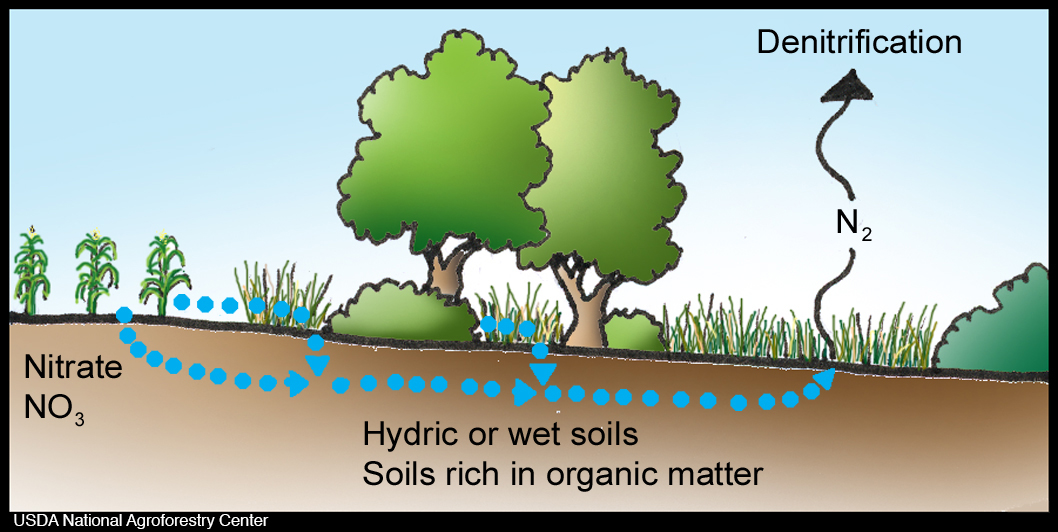
At Outdoor School (ODS), we use wood cookies for name tags. Our names are on one side, sometimes with a picture or other decorative elements, and on the other side is the ODS symbol — the Earth with four triangles, representing the four cardinal directions and the four major lessons we teach during the week.

